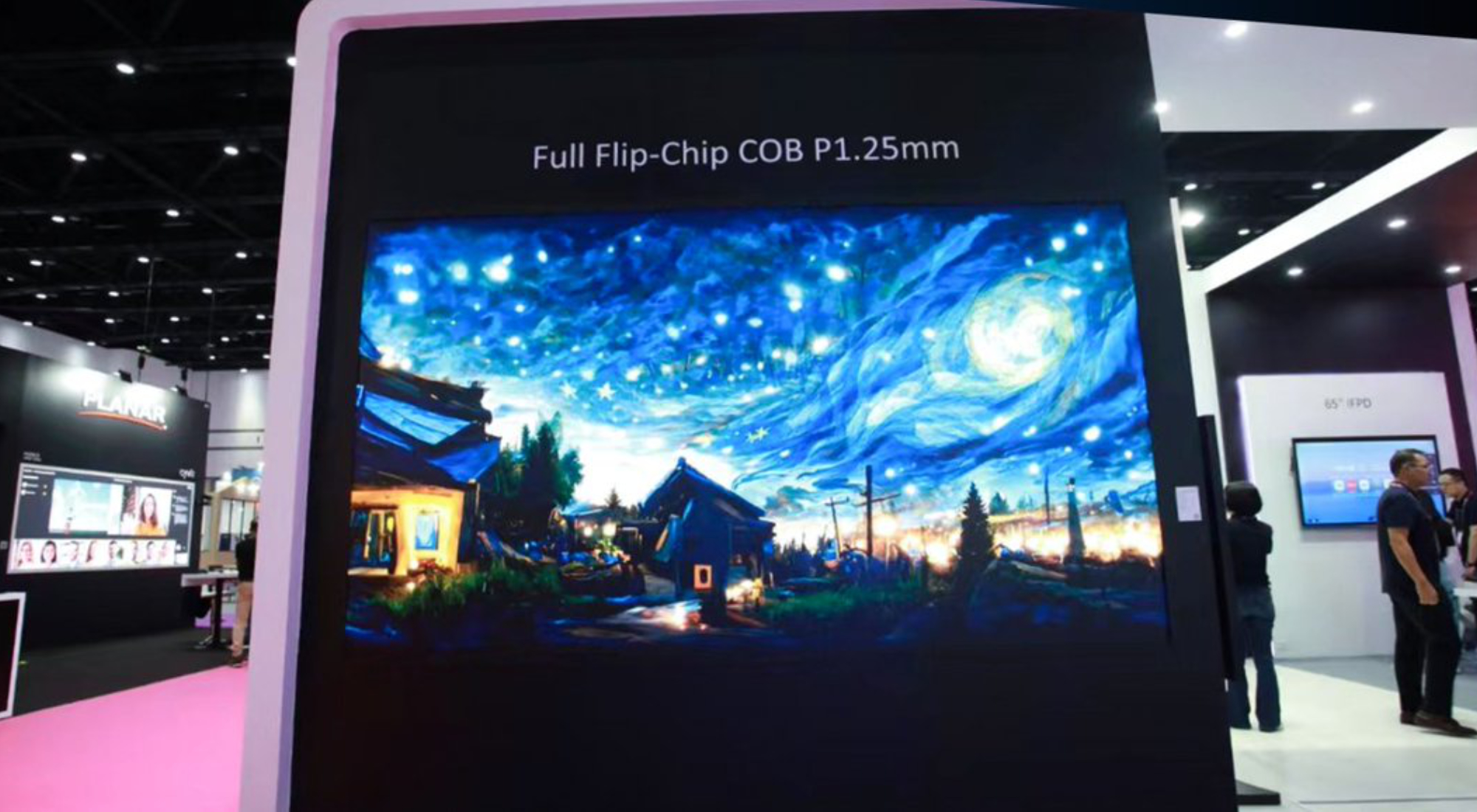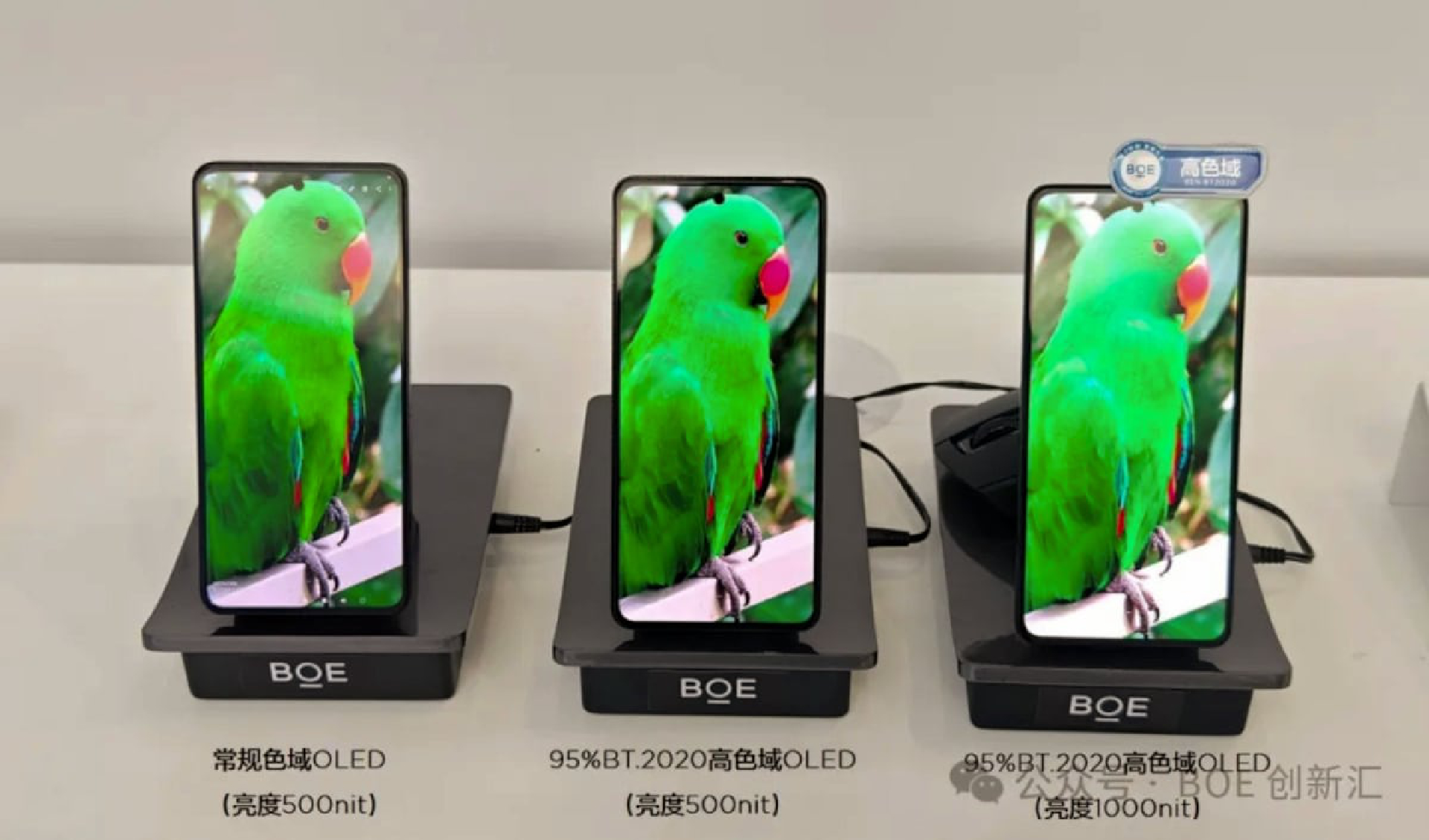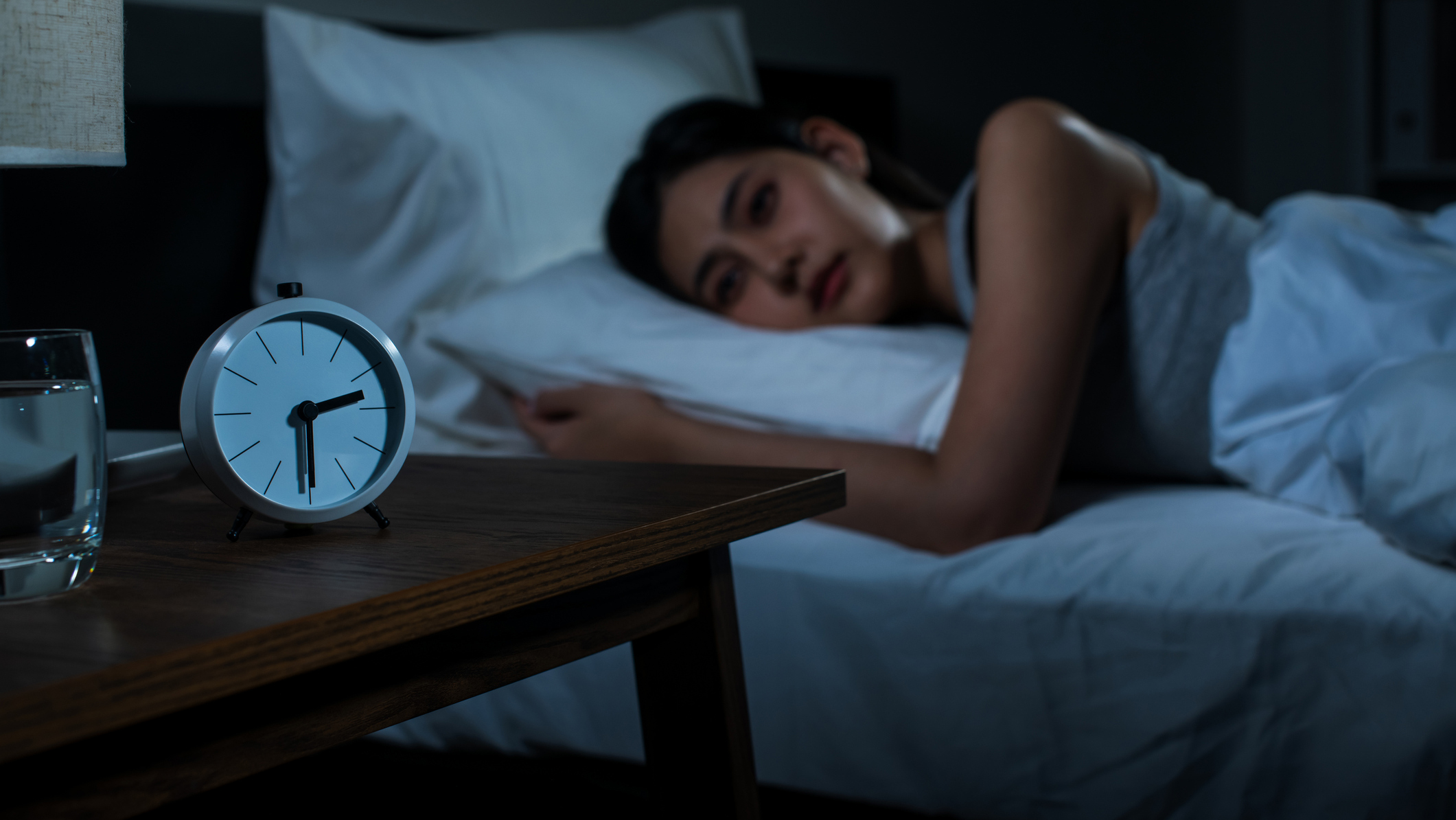
BOE, one of the world’s largest OLED manufacturers based out of China, is putting some pressure on its biggest competitors with new OLED panels that hit over 95% of the Rec.2020 coverage, a huge leap over the panels being produced today.
Comparatively, excellent OLED TVs like the LG C4 OLED and Samsung S95D OLED can re-produce 72.27% and 89.73%, respectively.
The company showed off its impressive results at BOE’s Innovation Partner Conference, though it was based upon smartphone displays set across 500 nit to 1000 nit brightness variables.
So how soon will we see these OLED TVs? To start, BOE aims to initially use the technology in smartphones, but will eventually branch out into laptops, tablets, wearables, and potentially even TVs.
BOE's fight against LG Display and Samsung Display

Why is this important? Well, the Rec.2020 color gamut is one of the main ways we test and review TVs at Tom's Guide. It informs a lot about what the TV can handle in terms of its color output, but BOE is also claiming that beyond improved colors, its panels will also sport as much as 20% reduced power consumption.
It’s hard to say when exactly we might expect to see it on OLED TVs, but BOE did explain the new display innovation leverages similar tandem OLED tech as seen on the new iPad Pro.
Even some of the best OLED TVs don't often have a high Rec.2020 potential, best of all witnessed on the brand new Sony Bravia 8 OLED TV, which leverages just 75% of the Rec.2020 gamut. The Rec.2020 gamut pertains to the color output of a particular TV in both standard definition and HDR, or wide color gamut, and doesn't always hit over 90% — or even 80%, for that matter.
Sign up to get the BEST of Tom's Guide direct to your inbox.
Get instant access to breaking news, the hottest reviews, great deals and helpful tips.
While this will obviously lead to some of the best smartphones yet to come, BOE also vies to leverage the display technology in tablets, laptops, wearables, and more. It did not, however, specify TVs as being a dimension worth pursuing with the tech, but BOE is in direct competition with the likes of Samsung Display and LG Display, and this could be its big ticket to winning over the TV market.
Beyond improved colors on said devices, BOE claimed its new display tech also showed a 20% reduced power consumption, which is quite the feat and could lead to some of the best laptops in the near future and even some of the best handheld gaming consoles, given some of BOE's displays are used in the Steam Deck OLED.
Samsung Display is also working to rectify the power consumption on OLED TVs. A report in August highlighted how it aims to make OLED TVs twice as bright while using half as much power, which itself could give BOE a run for its money on the TV front.
It's still much too early to tell how BOE's tech will change the game for OLED TVs, but you can bet we'll be watching the manufacturer carefully over the next few years as it continues to roll out its new-and-improved OLED technology.
More from Tom's Guide

Ryan Epps is a Staff Writer under the TV/AV section at Tom's Guide focusing on TVs and projectors. When not researching PHOLEDs and writing about the next major innovation in the projector space, he's consuming random anime from the 90's, playing Dark Souls 3 again, or reading yet another Haruki Murakami novel.
